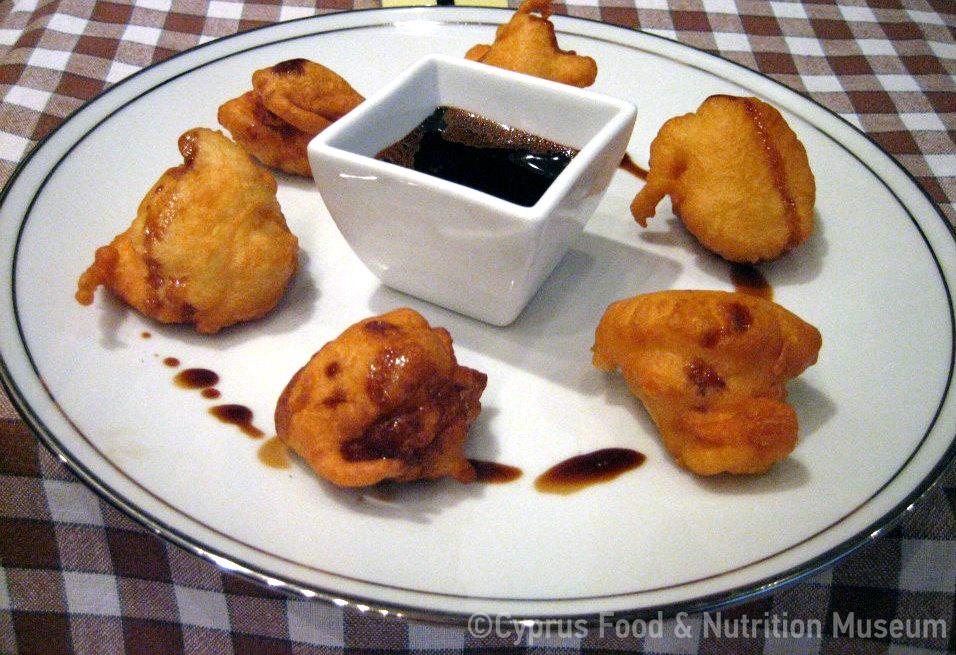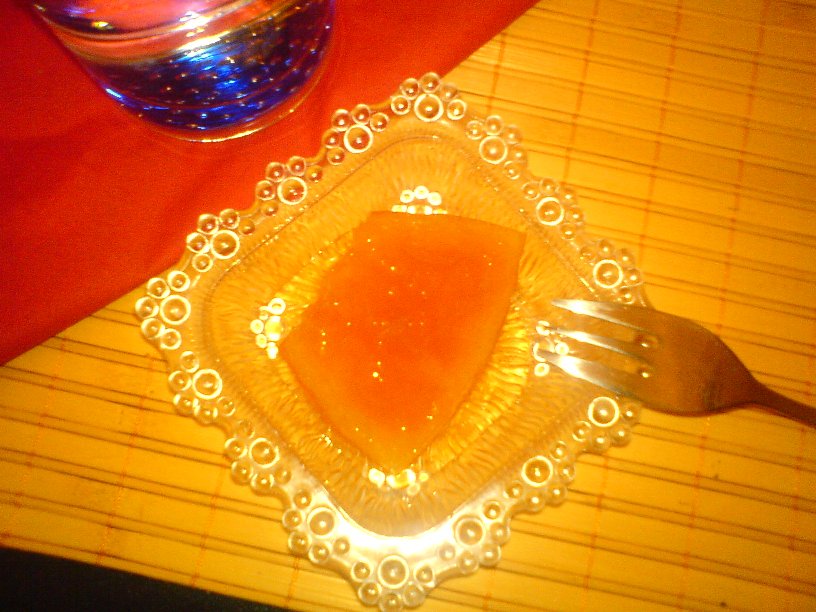Report of Archim. Kyprianos (1788) in his book " Chronological History of the Island of Cyprus" on the types of crops used to produce sweetening substances in the 18th century
Name - Origin
Functional and symbolic role
The sweeteners that were produced and available in Cyprus in the 18th century included: sugar, honey, carob syrup (or teratsomelon) and epsima (grape syrup). The areas where sugar was cultivated were: Lapithos, Achelia, Kouklia, Chrysochous, Episkopi and Kolossi.
Additional information and bibliography
"In the past, a great quantity of sugar was produced in Lapithos, Achelia, Kouklia, Chrysochous, Episkopi, and Kolossi. But because farmers had great profit from the cultivation of cotton plants, they ceased to cultivate sugar canes, even after the opening of the American market around the 15th century. There is a good and plentiful production of bee honey. And honey from carobs (carob syrup) and from grape must (epsima)." "A vast amount of excellent quality carobs are loaded on Arab ships for Egypt and Syria, where they are consumed and their honey is extracted.” (Archim. Kyprianos, 1788, p. 544)
Archim. Kyprianos (1788) Ιστορία Χρονολογική της Νήσου Κύπρου (Chronological History of the Island of Cyprus), Evagora press, Nicosia.
Stalo Lazarou




